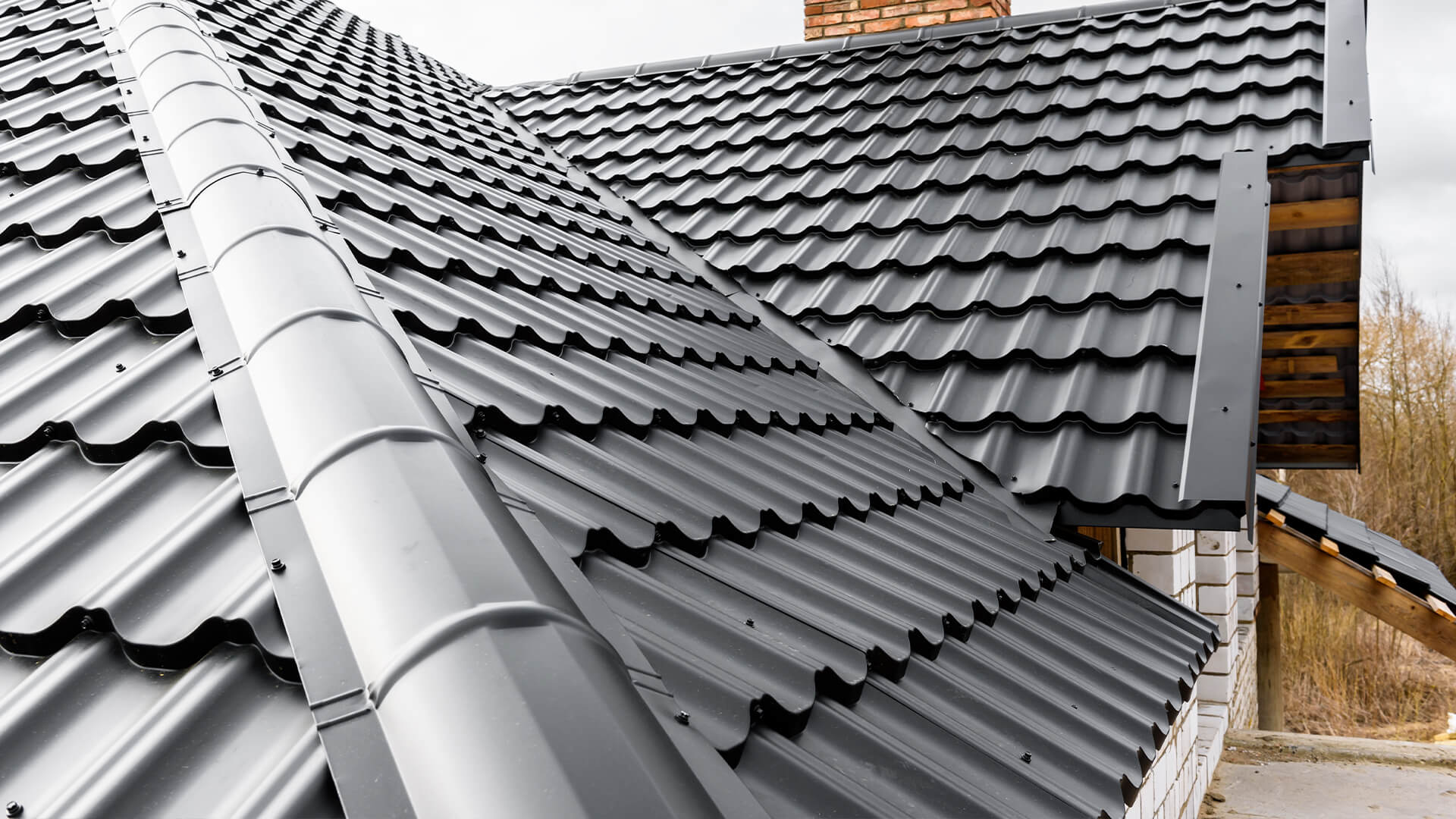The Relevance of Choosing Professional Roofing Companies Gainesville Florida
The Relevance of Choosing Professional Roofing Companies Gainesville Florida
Blog Article
Ideal Practices for Ensuring Appropriate Roof Air Flow
A well balanced intake and exhaust vent proportion, typically 1:300, plays a pivotal role, with intake vents ideally positioned at the lower edge of the roofing for great air access and exhaust vents at the optimal for warm air departure. Keeping insulation away from vents is crucial to avoid airflow restriction.
Understand Air Flow Fundamentals
Effectively understanding ventilation fundamentals is important for ensuring the longevity and effectiveness of roof. Effective air flow alleviates wetness buildup and temperature level extremes in the attic room, both of which can cause considerable structural damages gradually. A well-ventilated roofing system aids in preventing common concerns such as mold and mildew development, wood rot, and ice dams, which can compromise the integrity of the roof covering materials and the underlying structures.
The primary goal of ventilation is to promote the movement of air, enabling a regular exchange between the indoor and outdoor atmospheres. This equilibrium is accomplished via a mix of consumption and exhaust vents that collaborate to keep optimum air movement. Consumption vents, generally situated along the soffits or eaves, permit fresh air to get in the attic area, while exhaust vents, typically situated at or near the roofing system ridge, make it possible for hot, damp air to leave.
Trick elements influencing the performance of roofing air flow consist of proper positioning, sufficient sizing, and guaranteeing that both consumption and exhaust vents are unobstructed. Regular inspection and upkeep are essential to identify potential blockages, damages, or inefficiencies in the air flow system, thereby securing the roof covering's performance and toughness.
Sorts Of Roofing System Vents
Roofing vents play a crucial duty in preserving reliable attic room ventilation and, by expansion, the general health of the roof system. Different sorts of roof vents are available, each with special benefits customized to specific roofing needs. Ridge vents, as an example, are mounted along the roof's optimal, allowing cozy, humid air to run away from the attic. They offer continual air flow and blend flawlessly with the roofline, making them both efficient and aesthetically pleasing.

Soffit vents are mounted under the eaves and job in tandem with roofing vents to make certain a well balanced consumption and exhaust system. By allowing cooler air to enter from below, soffit vents assist in the expulsion of hot air through top vents. Gable vents, situated on the exterior walls of the attic, deal an additional effective solution, especially in homes with gable roofs.
Examine Your Current Ventilation

Next, take into consideration the age and problem of your roof covering products and ventilation parts. Older systems may not abide by present building ordinance or may have deteriorated with time, lowering their effectiveness. Conduct a comprehensive exam to determine any indicators of wear and tear, such as corrosion, damages, or gaps that could endanger the system's efficiency.
Additionally, gauge the attic temperature and moisture levels. High temperatures and news humidity can show inadequate ventilation.
Setup Best Practices
Effective setup of roof covering air flow systems is critical for making certain optimal efficiency and durability. Correct installment starts with recognizing the particular ventilation needs of the building and the roof covering it covers. This includes determining the right ratio of consumption to wear down vents, normally adhering to the 1:300 policy, which specifies one square foot of air flow for every single 300 square feet of attic room floor space.

Consumption vents ought to be mounted at the roof covering's lower side, often in the soffits, to enable awesome air to get in. Exhaust vents, on the other hand, should be set up near or at the roof covering's top to promote the departure of warm, moist air.
Seal all air vent connections meticulously to avoid air leakages and prospective water infiltration. Use high-grade materials and adhere to producer standards to make certain sturdiness and effectiveness. Furthermore, incorporating ridge vents with baffles can dramatically improve air movement performance by avoiding wind-driven rain and snow from going into the attic.
Ultimately, accurate installation of roofing ventilation systems reduces prospective problems such as mold and mildew development, ice dams, and architectural damages, guaranteeing the roofing's stability and the structure's overall health.
Regular Upkeep Tips
Consistency in maintenance practices is basic to guaranteeing the long-lasting efficiency of roof ventilation systems. Regular evaluations are essential, ideally executed biannually-- in the springtime and autumn. Throughout these evaluations, make certain that vents are totally Home Page free of particles, nests, and other obstructions that could hinder airflow. Check for any kind of signs of dampness buildup or mold and mildew, as these can indicate improper air flow or leaks (roofing companies gainesville florida).
Cleaning up the vents is an additional vital task. Make use of a soft brush or a vacuum to eliminate dust and particles from intake and exhaust vents. Be cautious not to damage the air vent screens or louvers throughout the procedure. Furthermore, inspect the attic space for any indicators of water damage, which could compromise the honesty of the roof covering system.
Proper insulation is equally essential. Ensure that attic insulation does not obstruct the vents, as this can seriously restrict air flow. Rearrange or change it to maintain an efficient obstacle. if any type of insulation has changed or cleared up.
Finally, change any type of harmed or missing components immediately. Broken vents, fractured tiles, or worn-out flashing can all contribute to poor ventilation and needs to be addressed without hold-up. Routine upkeep makes certain that the roof covering air flow system operates efficiently, thus extending the life-span of the roofing system itself.
Conclusion
Making certain correct roof air flow is vital for maintaining the effectiveness and toughness of a roof system. Adherence to the 1:300 consumption and exhaust vent ratio, paired with the tactical positioning of vents, is vital.
A well balanced consumption and exhaust air vent proportion, typically 1:300, plays a critical duty, with intake vents preferably placed at the lower side of the roof covering for amazing air access and exhaust vents at the optimal for warm air exit. Intake vents, generally located along the soffits or eaves, enable fresh air to get in the attic room space, while exhaust vents, commonly positioned at or near the roof ridge, enable warm, moist air to leave.
Soffit vents are mounted under the eaves and work in tandem with roofing vents to make certain a well balanced look at this now consumption and exhaust system. By allowing cooler air to enter from below, soffit vents assist in the expulsion of hot air via upper vents. Adherence to the 1:300 consumption and exhaust vent proportion, combined with the calculated positioning of vents, is important.
Report this page